http://chriskresser.com/

Numerous environmental factors have been implicated in the development of autoimmune disease, including antibiotic use, birth by cesarean section, chemical exposure, poor diet, and sleep deprivation, among others (1, 2, 3, 4, 5). While it is widely believed that disease onset requires an environmental trigger, most autoimmune conditions have a genetic component as well (6).
Genetic information can be a powerful tool in aiding both diagnosis and treatment. One particular group of genes that has been strongly associated with various autoimmune diseases is HLA-B27. In this article, I’ll discuss HLA-B27, the role of a gut microbe called Klebsiella, and why a low-starch diet may be effective for those who have an HLA-B27-associated autoimmune disease.
What’s this about HLA?
HLA is short for human leukocyte antigen. “Leukocytes” are the white blood cells responsible for protecting your body from infection and foreign substances. “Antigen” in this case refers to cell-surface proteins. Putting it together, HLA is essentially a group of genes that determine which proteins are present on the surface of your immune cells.
Humans have a total of 23 pairs of chromosomes, with one of each pair coming from each parent. You therefore inherit one set of HLA genes from your mother and one from your father, on the maternal and paternal versions of chromosome 6. HLA is a highly polymorphic gene, meaning there are many different possible gene set variants, or “haplotypes,” that you can have.
The astounding number of haplotypes for HLA likely evolved to allow for the fine-tuning of the human adaptive immune system, but certain haplotypes can also predispose an individual to a particular disease of the immune system. You may have read my previous article in which I mentioned the role of HLA haplotypes in susceptibility to mold illness. HLA-DQ haplotypes have also been associated with celiac disease (7), while HLA-DRB1 has been associated with rheumatoid arthritis (8). For the remainder of this article, I’ll focus on HLA-B27 and its connection to autoimmune disease.
The genetic link between autoimmune disease and dietary starch.
HLA-B27 is associated with various autoimmune diseases
The prevalence of HLA-B27 varies between ethnic groups and populations worldwide but is generally not a very common haplotype. Only 8 percent of Caucasians, 4 percent of North Africans, 2 to 9 percent of Chinese, and 0.1 to 0.5 percent of Japanese people possess HLA-B27 (9).
The most closely associated autoimmune disease with HLA-B27 is ankylosing spondylitis (AS), an inflammatory disease in which some of the vertebrae of the spine fuse together, inhibiting mobility. An estimated 88 percent of people with AS are HLA-B27 positive, yet only a fraction of HLA-B27-positive people will develop AS (10). Other autoimmune diseases that are associated with an HLA-B27 haplotype include Crohn’s disease, ulcerative colitis, psoriasis, reactive arthritis, and uveitis (11).
Making things a bit more complicated, HLA-B27 is itself polymorphic, with more than 100 different subtypes (12, 13). These are distinguished by a two-digit number added to the “parent” haplotype. Many of the most common subtypes of HLA-B27 (such as B2704 and B2705) are associated with increased risk of AS, while other subtypes (like HLA B2706 and B2709) actually appear to be protective against the disease (14, 15). This is likely due to the structure of the protein encoded by the HLA gene, as we’ll explore more in the next section.
The Klebsiella connection
As early as 1980, AS patients were identified as having elevated levels of serum IgA, suggesting the abnormal movement of microbes from the gut into the bloodstream (16). More recently, microbiome analyses identified greater abundance of a gram-negative bacterium called Klebsiella in stool samples of patients with AS (17). Fitting with their hypothesis of bacterial influx into the bloodstream, researchers found that these patients also had elevated levels of anti-Klebsiella antibodies in the blood (18).
Biochemical studies have found that Klebsiella have two molecules that carry sequences that closely resemble HLA-B27 (19, 20). Scientists have hypothesized that this “molecular mimicry” allows for cross-reactivity. In other words, the immune system produces antibodies against Klebsiella in an effort to remove it from the bloodstream, but these antibodies can also “accidentally” bind to HLA-B27. This idea of antibodies binding to “self” is characteristic of autoimmunity.
Although Klebsiella is one of the most widely studied microorganisms in relation to HLA-B27 and autoimmune disease, the concept of cross-reactivity applies to a number of different microbial (and dietary) antigens. For example, Proteus bacteria have been suggested to be involved in the development of rheumatoid arthritis via the same molecular mimicry mechanism as Klebsiella (21). As we’ll see next, knowledge of these mechanisms and the bacteria involved can really help shape our approach to treatment.
Why a low-starch diet might help
The composition of the gut microbiota is constantly shaped by the influx of dietary substrates (22), including proteins, fats, and carbohydrates. Within carbohydrates, substrates can be further categorized as simple sugars and polysaccharides like starch or cellulose.
Biochemical studies of Klebsiella have shown that this bacterium does not grow on cellulose derived from plants but can grow readily on more simple sugars (23). Most simple sugars like glucose are absorbed in the proximal small intestine and therefore do not travel as far as the large intestine, where the majority of microbes are located. Simple sugars from the diet are therefore unavailable to Klebsiella.
Starch, however, is not as easily digested or absorbed, and some of it remains intact when foodstuffs finally reach the colon. Klebsiella have been shown to manufacture pullulanase, a starch-debranching enzyme, that enables them to break down starch into simple sugars for energy and growth (24).
Several studies have applied this information in humans. One randomized control trial split people into two groups: a high-carbohydrate, low-protein diet or a low-carbohydrate, high-protein diet. They then compared the abundance of Klebsiella in fecal samples. The average number of Klebsiella was 30,000/gram in the high-carb group compared to 700/gram in the low-carb group (25). Another study found that a low-starch diet reduced total serum IgA in AS patients (26). The majority of these patients also reported a decline in symptom severity and, in some cases, complete remission.
Take steps toward remission
Now that you better understand the science behind HLA-B27-associated autoimmune disease, here are three things you can do to take action.
- Find out your haplotype
Currently, there is no readily available, user-friendly means of determining HLA haplotype from full genomic sequencing data (from companies like 23andme). While there are a few HLA-related SNPs that can be identified in the raw genetic data, at best these are only correlated with HLA haplotype and do not provide information about subtype. The best and most accurate way to determine your haplotype is to request a blood test from your healthcare practitioner that uses a more targeted DNA sequencing approach to identify which alleles you carry (27). - Experiment with your starch/carb intake
Even if you don’t have access to genetic testing, or if you’re HLA-B27 negative, you can still do a self-experiment to see how you personally tolerate starch. I am a big proponent of n=1 experimentation and finding the diet that is right for you. Eileen Laird of Phoenix Helix has written an excellent post in which she shares the results of her own and several other Paleo autoimmune bloggers’ starch experiments. Many found that they can tolerate some forms of starch but not others. This is really valuable, since we know that a diet devoid of fermentable fiber like starch can be detrimental to the long-term health of the gut microbiota (28). - Heal your gut
At the risk of sounding like a broken record, healing the gut is absolutely critical to achieving and maintaining optimal health. A leaky gut allows bacteria and dietary proteins into the bloodstream, which provokes an immune response. Regardless of your HLA haplotype, strengthening the integrity of the intestinal barrier is an important step towards achieving remission. Supporting a diverse, healthy microbiota can also help to keep Klebsiella and other potentially problematic microbes at bay.
Now I’d like to hear from you. Do you know your HLA haplotype? Have you noticed a change in your autoimmune disease symptoms by increasing or decreasing your starch intake? Share your experience in the comments section below.

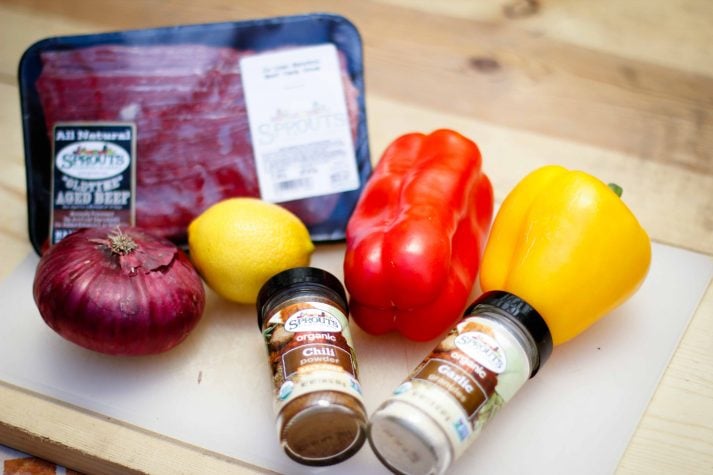
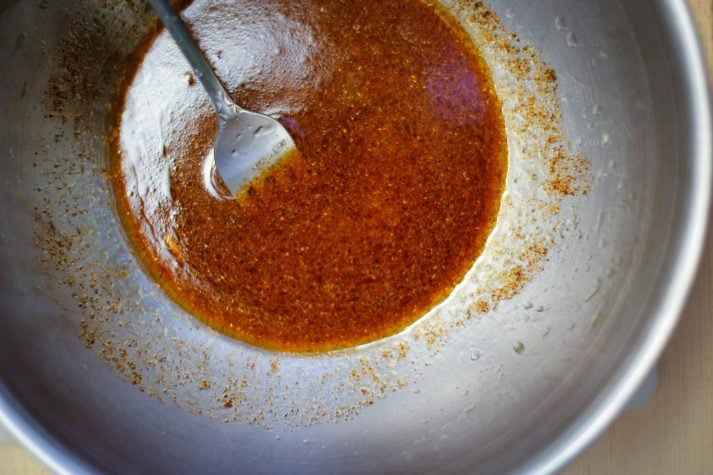
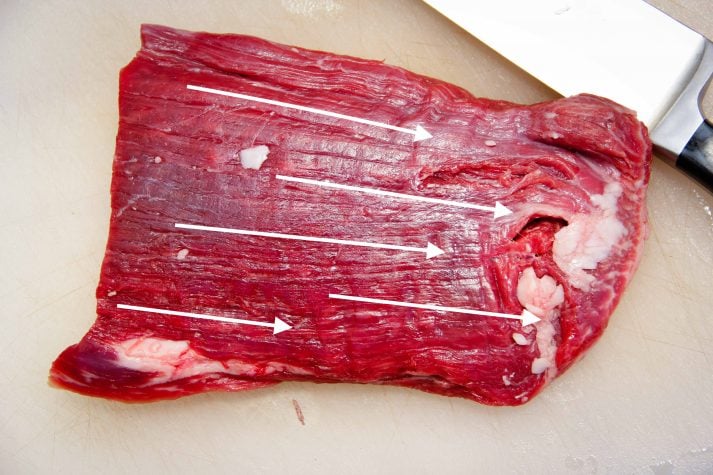
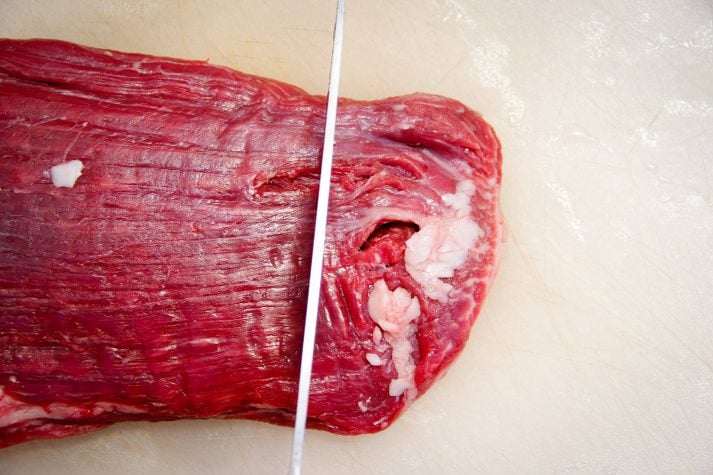
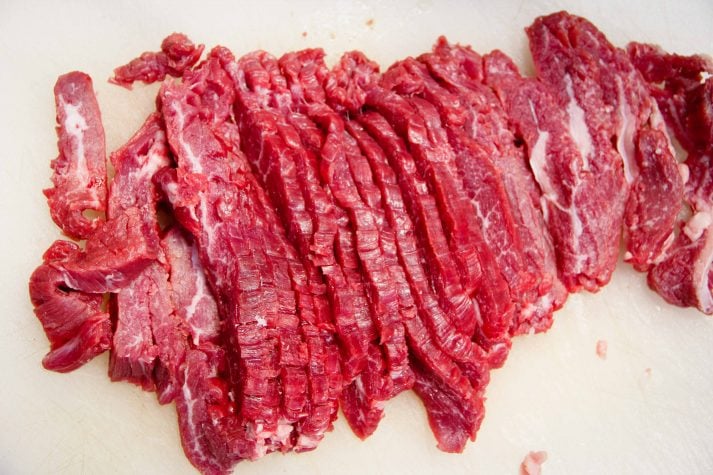
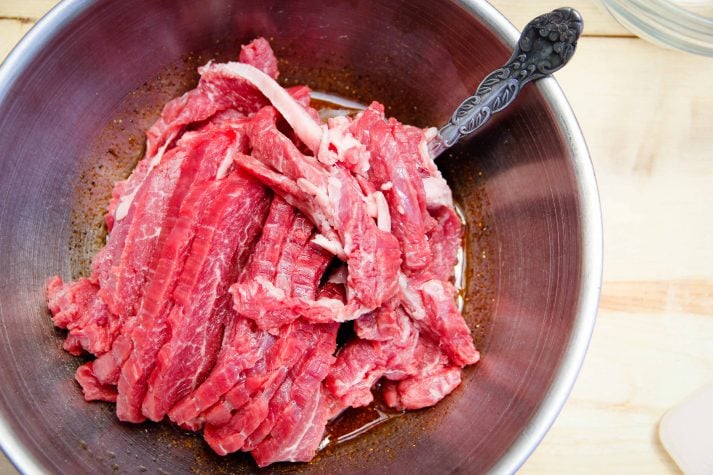
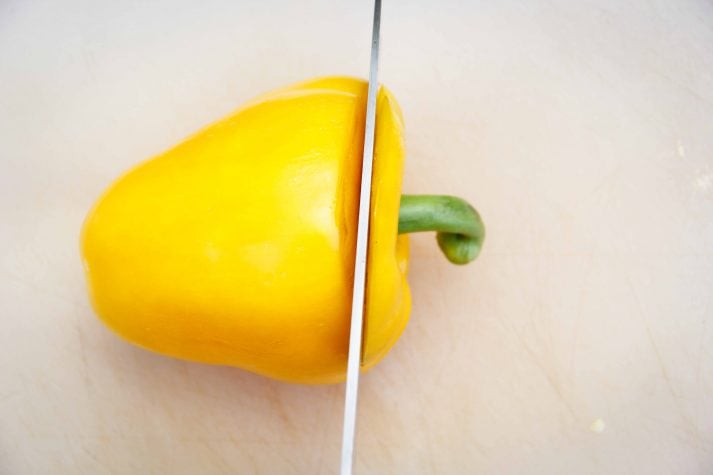
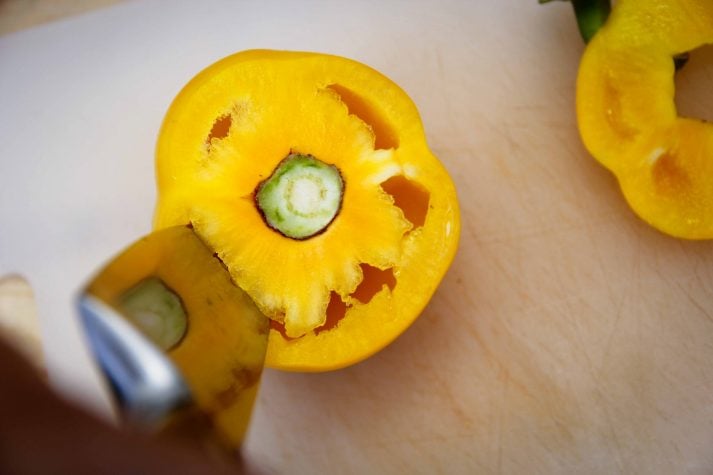
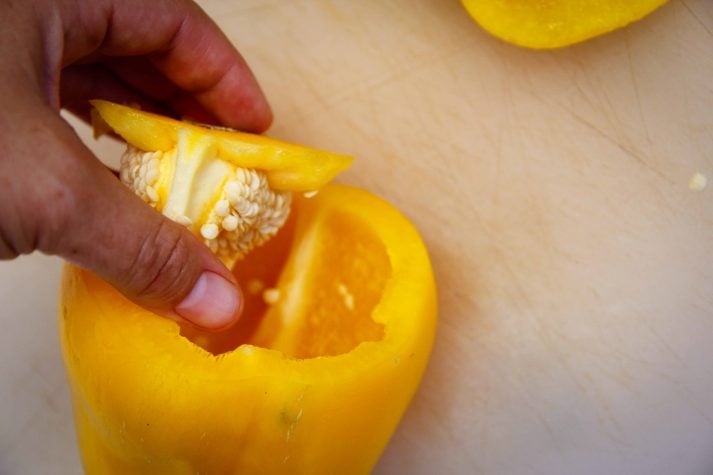
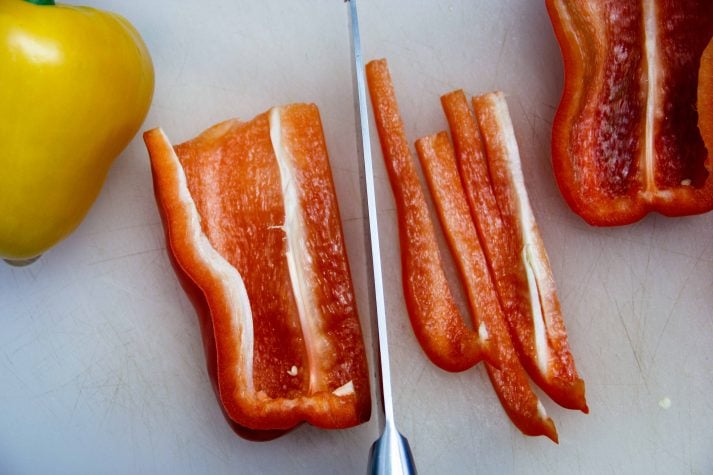
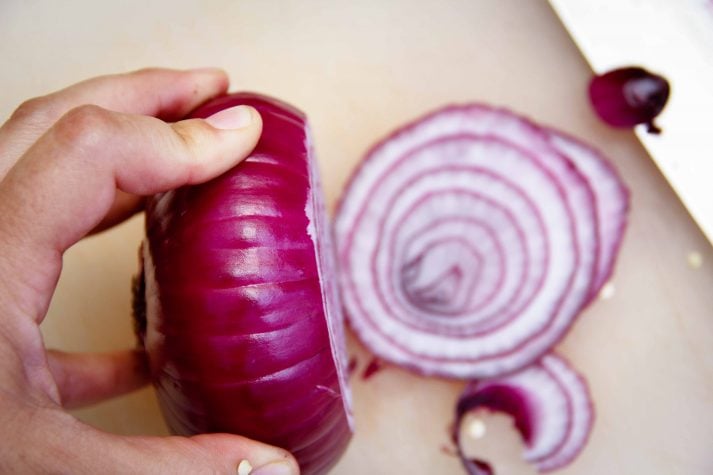
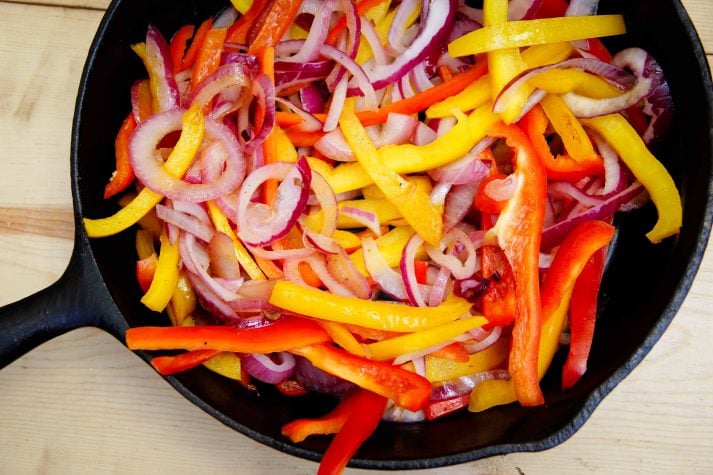
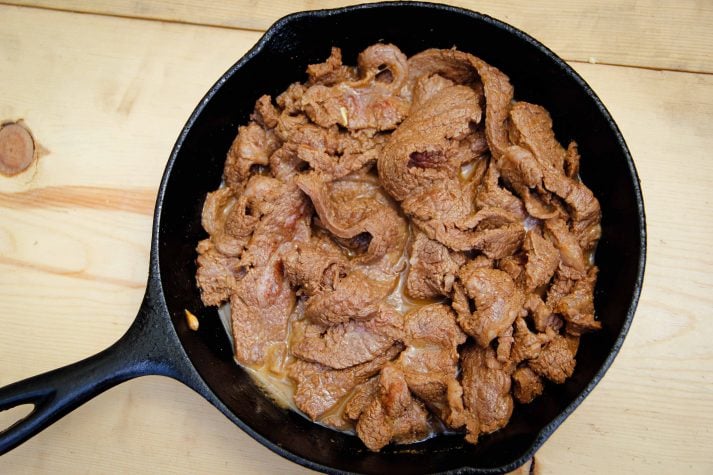
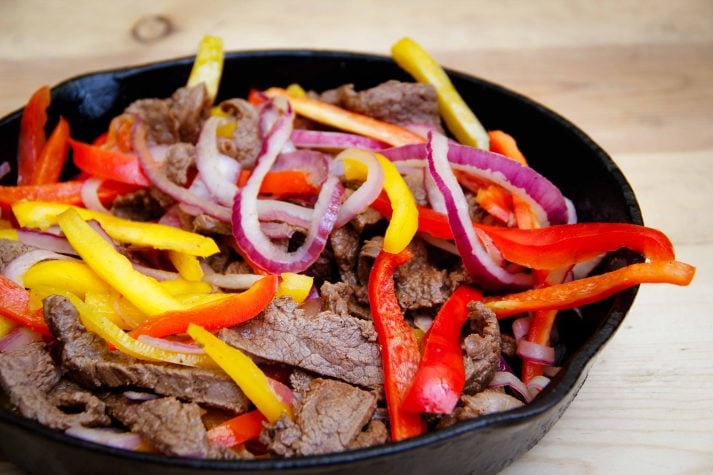
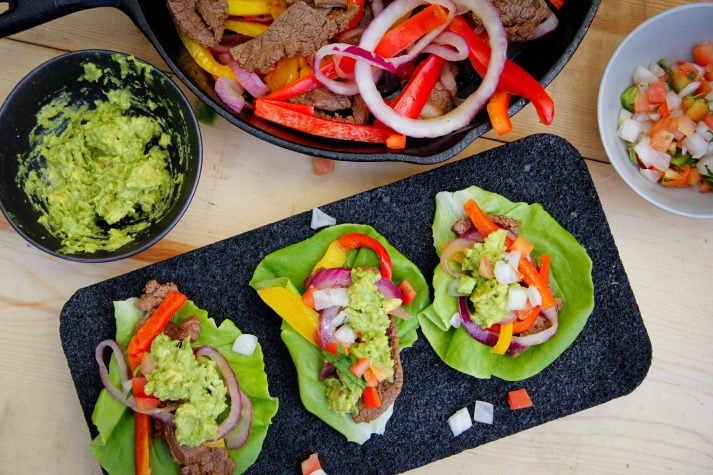
 Pain is a complex experience, and the answers to these questions vary depending on the individual experiencing the pain. Everything from your beliefs to tissue damage you may have experienced initially will impact how you experience pain.
Pain is a complex experience, and the answers to these questions vary depending on the individual experiencing the pain. Everything from your beliefs to tissue damage you may have experienced initially will impact how you experience pain. Chronic pain is not prolonged acute pain. Chronic pain is typically defined as pain that lasts longer than three months, or past the time of normal tissue healing. Some of the most common chronic pain complaints include low back pain, arthritis pain, headaches, cancer pain, and nerve and muscle pain. Though not always the case, chronic pain could start with an injury or other specific cause, but lingers long after healing has occurred.
Chronic pain is not prolonged acute pain. Chronic pain is typically defined as pain that lasts longer than three months, or past the time of normal tissue healing. Some of the most common chronic pain complaints include low back pain, arthritis pain, headaches, cancer pain, and nerve and muscle pain. Though not always the case, chronic pain could start with an injury or other specific cause, but lingers long after healing has occurred. Pain science patient education aims to help patients significantly change their pain beliefs, attitudes, and physical performance. Dr. David Butler and Prof. Lorimer Moseley, leading researchers in the area of pain science, explain that pain is not necessarily a sign of damage, but more of an individual’s response to threat, real or perceived.5 Their research shows that when we teach a patient to understand their body and its signals, and to gain confidence in their movement, therapists help that patient reduce the stress responses that occur in their body when they think about experiencing pain.
Pain science patient education aims to help patients significantly change their pain beliefs, attitudes, and physical performance. Dr. David Butler and Prof. Lorimer Moseley, leading researchers in the area of pain science, explain that pain is not necessarily a sign of damage, but more of an individual’s response to threat, real or perceived.5 Their research shows that when we teach a patient to understand their body and its signals, and to gain confidence in their movement, therapists help that patient reduce the stress responses that occur in their body when they think about experiencing pain.



 For now classes are 6pm and 640pm at 2840 Wildwood st in the Boise Cloggers studio.
Book your class NOW!
click this ==>
For now classes are 6pm and 640pm at 2840 Wildwood st in the Boise Cloggers studio.
Book your class NOW!
click this ==>








